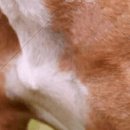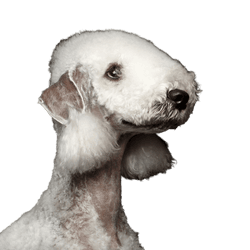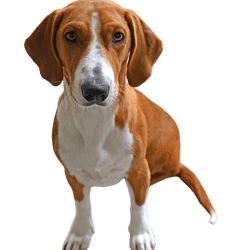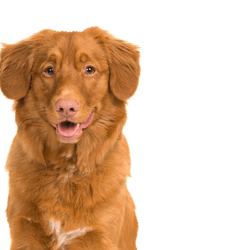
Austrian Pinscher Breed description: Character & Co
Austrian Pinscher
Facts & Origin
The Austrian Pinscher
It is an active leisure partner who can excel in several disciplines.
The original Land Pinscher was mainly found on farms as a guard dog until the 20th century. It was a robustly built, medium-sized dog.
Its alert, loyal nature and versatility made it the ideal farm dog.
Original tasks:
- Helping with the cattle drive
- Guarding house and yard
- Keeping the stable clean from mice and small rodents
- Early announcement of visitors by loud barking
Conclusion:
No matter whether in sporting ventures, in boisterous games in the garden, as a guardian in the garden or as a companion dog in everyday life - the Austrian Pinscher is a great all-rounder!




| Alternate Name | - |
| Origin | Austria |
| Life expectancy | 10 - 13 years |
| Care requirements | low-maintenance |
| Activity level | average to high |
| FCI group | Molossian type |
| AKC group | not recognised |
| KC group | not recognised |
Attitude, character and temperament of the breed
Traits
temperament:
- attentive
- affectionate
- lively
- faithful
- playful
- incorruptible
- self-confident
- friendly
- careful
- active
- concentrated
Living together
Those of you who have a Pinscher at home surely know it: the four-legged alarm bell reports everyone and everything that approaches the property line! It is a very people-oriented and attentive dog who wants to watch out for you.
To its family it is a loving protector, to strangers it is wary and suspicious.
Its hunting instinct is mainly limited to smaller rodents around the house.
The lively four-legged dog is a self-confident companion who has been bred to make independent decisions within the scope of his duties. However, the Austrian Pinscher never means any harm and is devoted to its loved ones. And once you have won the favor of your pelt-nose, then it loves you with its whole dog heart!
Character
Usage

Health and breeding information
Health of the medium sized dog
The active and weather-resistant Austrian Pinscher does not exhibit any diseases typical of the breed. Feeding this breed is also uncomplicated, as these dogs usually have a robust and well-tolerated stomach.
The frugal family dog lives an average of 10 to 13 years.
Breeding
- Since 1921: first efforts to force a pure breeding of the Austrian Pinscher
- 1928: through the efforts of the veterinarian and cynologist Emil Hauck, the Austrian Shorthaired Pinscher was recognized as an independent breed by the Austrian Kennel Club (ÖKV) and the international umbrella organization Fédération Cynologique Internationale (FCI) (FCI Group 2, Section 2.1, Standard No. 64).
- In the 1970s: only one breeding male left, Diokles von Angern
- beginning of the 1980s: new upswing in puppy breeding by the Mangold family
- until 2003: crossbreeding of various breeders, also with dogs without papers, to extend the gene pool and to avoid inbreeding
- since 2002: foundation of the association Klub für Österreichische Pinscher (KÖP), whose aim is to unite certain physical as well as character desirable qualities (official homepage)


Appearance of the Austrian Pinscher
- Size: 42 to 50 cm (shoulder height)
- Weight: 12 to 18 kilograms
- Coat: dense, smooth, short to medium length
- Colour: from semi-brown over deer red to black with tan or white markings
- Build: broad chest, muscular build, pear-shaped head, high set tail, small tipped ears, ground covering gait and flowing movements
| Fur length | short |
| Fur | flat coated |
| Ear shape | Tilt-ear |
| Tail | lang |
| Anatomy | rugged |
| Size ♀ | 42 - 48 cm |
| Weight ♀ | 12 - 18 kg |
| Size ♂ | 44 - 50 cm |
| Weight ♂ | 12 - 18 kg |
| Suitable For | - |
Colors



Other medium dogs
Useful Articles
You can find articles that might interest you in the dogbible blog to match your favorite breed.
Visit our magazineto stay up to date on dog trends.
To find out more, view our Privacy Policy
Find here the breed that suits you and find out what character traits it has. Here you can also learn more about the origin, size and weight of your favorite breeds.
Matching your favorite breed, you'll find articles that might interest you on the dogbible dog blog.
Lyme disease in dogs - symptoms & treatment and why its so dangerous
Chronic ear infection in dogs - what you can do
Recognize abdominal pain in dogs
Leaving the dog alone in the garden - advantages/disadvantages
Dry dog food vs. wet food - which makes more sense? Which is healthier?






















